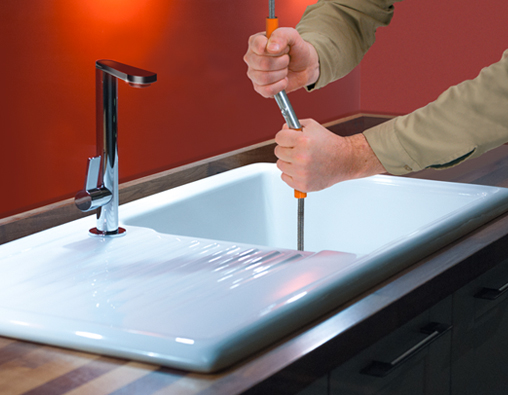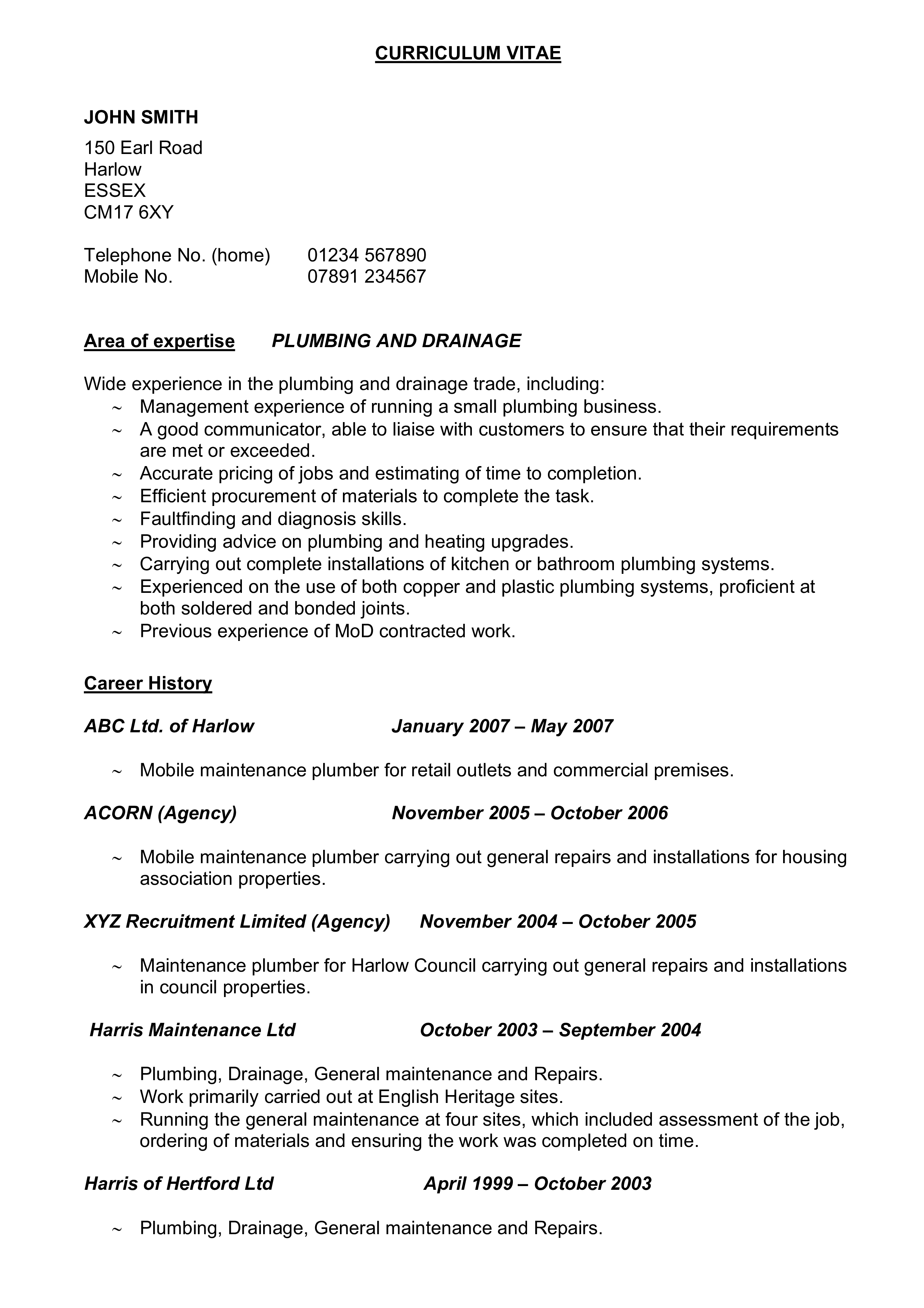If you notice that your kitchen sink is draining slowly or not draining at all, the first thing you should try is using a plunger. This simple tool can often do the trick without the need for any harsh chemicals or expensive equipment. Make sure to cover the overflow drain with a wet cloth before plunging to create a strong suction that will help to dislodge any clogs.1. Use a plunger
If the plunger doesn't work, the next step is to use a plumbing snake. This long, flexible tool can be inserted into the drain and twisted to break up and remove any clogs that may be causing the blockage. It's important to follow the instructions carefully and wear gloves to protect your hands.2. Use a plumbing snake
If you prefer a more natural approach, you can try using a mixture of baking soda and vinegar to unclog your kitchen sink. Start by pouring a pot of boiling water down the drain, followed by ½ cup of baking soda. Then, pour 1 cup of vinegar down the drain and cover it with a wet cloth to create a reaction. After 10 minutes, pour another pot of boiling water down the drain to flush out the clog.3. Use a mixture of baking soda and vinegar
Another natural alternative is to use a mixture of salt and baking soda. Mix ½ cup of each and pour it down the drain, followed by a pot of boiling water. The combination of the two ingredients can help to dissolve any buildup and keep your drain smelling fresh.4. Use a mixture of salt and baking soda
If you don't have any baking soda or vinegar on hand, you can try using dish soap and hot water to unclog your kitchen sink. Pour a generous amount of dish soap down the drain and then follow it with a pot of boiling water. The soap will act as a lubricant and help to loosen any clogs.5. Use a mixture of dish soap and hot water
If you have a wet/dry vacuum, you can use it to try and remove the clog from your kitchen sink. Start by setting it to the "wet" setting and creating a seal around the drain with a wet cloth. Then, turn the vacuum on and let it do the work of sucking out the clog. This method can be messy, so be prepared to clean up afterwards.6. Use a wet/dry vacuum
If none of the above methods work, you can try using a drain auger. This tool is specifically designed to break up and remove tough clogs from drains. It can be a bit tricky to use, so it's best to follow the instructions carefully or seek the help of a professional.7. Use a drain auger
If nothing else seems to work, you can try using a chemical drain cleaner. Be sure to follow the instructions carefully, as these cleaners can be harmful if not used properly. Keep in mind that they can also damage your pipes over time, so it's best to use them sparingly.8. Use a chemical drain cleaner
If you have tried using a plunger and a plumbing snake separately with no success, you can try using them together. First, use the plunger to create a strong suction and then follow it with the drain auger to break up and remove the clog.9. Use a plunger and a drain auger together
If all else fails, it's time to call in the professionals. A licensed plumber will have the tools and expertise to unclog your kitchen sink without having to replace the P-trap. They can also inspect your pipes for any potential issues and provide preventative maintenance to keep your drains running smoothly in the future. Don't let a clogged kitchen sink ruin your day. Try these methods to unclog it without having to replace the P-trap and save yourself time, money, and frustration.10. Call a professional plumber
How to Unclog a Kitchen Sink Without Replacing the P-Trap

Introduction
 Having a clogged kitchen sink can be a major inconvenience and frustration for any homeowner. It can disrupt your daily routine and even lead to costly repairs if not addressed promptly. The go-to solution for many is to replace the p-trap, the curved pipe beneath the sink that is designed to catch debris and prevent clogs. However, replacing the p-trap can be a time-consuming and expensive task. Fortunately, there are ways to
unclog a kitchen sink without replacing the p-trap
. In this article, we will discuss some simple and effective methods that you can try to resolve this common household issue.
Having a clogged kitchen sink can be a major inconvenience and frustration for any homeowner. It can disrupt your daily routine and even lead to costly repairs if not addressed promptly. The go-to solution for many is to replace the p-trap, the curved pipe beneath the sink that is designed to catch debris and prevent clogs. However, replacing the p-trap can be a time-consuming and expensive task. Fortunately, there are ways to
unclog a kitchen sink without replacing the p-trap
. In this article, we will discuss some simple and effective methods that you can try to resolve this common household issue.
Identifying the Cause of the Clog
 Before attempting to unclog your kitchen sink, it is essential to understand the cause of the clog. This will help you determine the best method to use and prevent future clogs. Common causes of kitchen sink clogs include food debris, grease buildup, and foreign objects such as utensils or small toys. If the clog is caused by food debris or grease, you can try using a plunger or a mixture of hot water and dish soap to break down and dislodge the clog. However, if the clog is caused by a foreign object, you may need to use a different approach.
Before attempting to unclog your kitchen sink, it is essential to understand the cause of the clog. This will help you determine the best method to use and prevent future clogs. Common causes of kitchen sink clogs include food debris, grease buildup, and foreign objects such as utensils or small toys. If the clog is caused by food debris or grease, you can try using a plunger or a mixture of hot water and dish soap to break down and dislodge the clog. However, if the clog is caused by a foreign object, you may need to use a different approach.
Using a Plunger
 If the clog is caused by food debris or grease, a plunger can be an effective tool in
unclogging your kitchen sink without replacing the p-trap
. To use a plunger, fill the sink with a few inches of water and place the plunger over the drain. Use quick, forceful plunges to create suction and dislodge the clog. Repeat this process until the water begins to drain freely.
If the clog is caused by food debris or grease, a plunger can be an effective tool in
unclogging your kitchen sink without replacing the p-trap
. To use a plunger, fill the sink with a few inches of water and place the plunger over the drain. Use quick, forceful plunges to create suction and dislodge the clog. Repeat this process until the water begins to drain freely.
Hot Water and Dish Soap
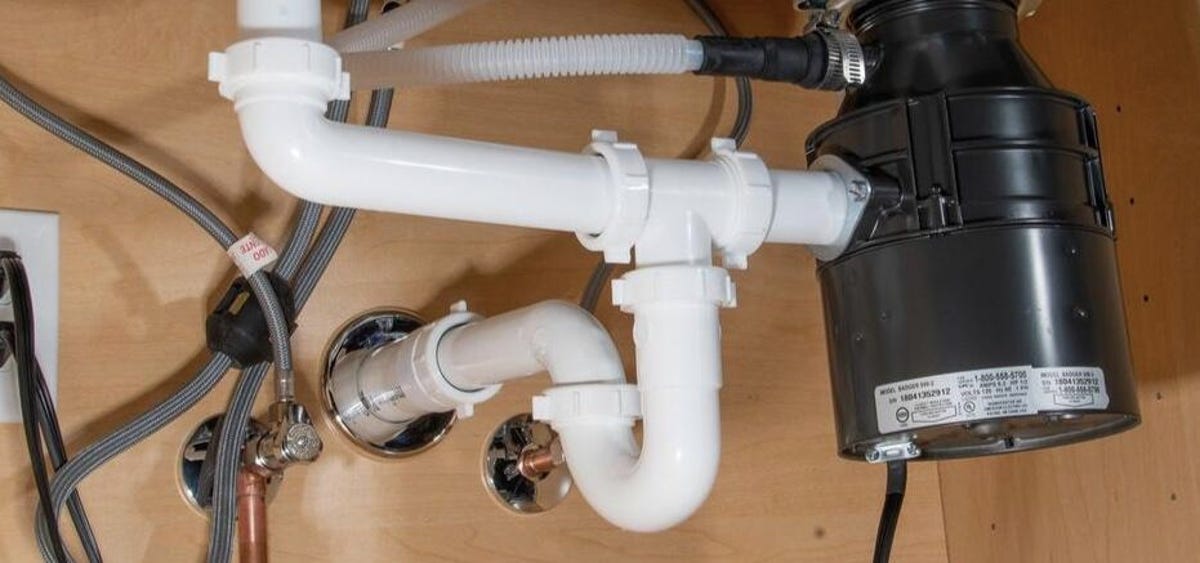 Another simple and environmentally friendly method to unclog your kitchen sink is by using a mixture of hot water and dish soap. Start by boiling a pot of water and then pour it down the drain. Follow this with a few tablespoons of dish soap and let it sit for a few minutes. The hot water will help break down and loosen the clog, while the dish soap will act as a lubricant. After a few minutes, run hot water down the drain to see if the clog has been cleared.
Another simple and environmentally friendly method to unclog your kitchen sink is by using a mixture of hot water and dish soap. Start by boiling a pot of water and then pour it down the drain. Follow this with a few tablespoons of dish soap and let it sit for a few minutes. The hot water will help break down and loosen the clog, while the dish soap will act as a lubricant. After a few minutes, run hot water down the drain to see if the clog has been cleared.
Removing Foreign Objects
 If the clog is caused by a foreign object, you will need to remove the object manually. Using a pair of pliers or tongs, reach into the drain and carefully remove the object. Be sure to wear gloves and use caution when doing this to avoid injury. Once the object has been removed, run hot water down the drain to ensure the clog is completely cleared.
If the clog is caused by a foreign object, you will need to remove the object manually. Using a pair of pliers or tongs, reach into the drain and carefully remove the object. Be sure to wear gloves and use caution when doing this to avoid injury. Once the object has been removed, run hot water down the drain to ensure the clog is completely cleared.
Conclusion
 In conclusion, a clogged kitchen sink can be a nuisance, but it doesn't always require replacing the p-trap. By understanding the cause of the clog and using the appropriate method, you can
unclog your kitchen sink without the need for a costly and time-consuming replacement
. Remember to always use caution and consider seeking professional help if the clog persists or if you are uncomfortable handling the issue yourself.
In conclusion, a clogged kitchen sink can be a nuisance, but it doesn't always require replacing the p-trap. By understanding the cause of the clog and using the appropriate method, you can
unclog your kitchen sink without the need for a costly and time-consuming replacement
. Remember to always use caution and consider seeking professional help if the clog persists or if you are uncomfortable handling the issue yourself.

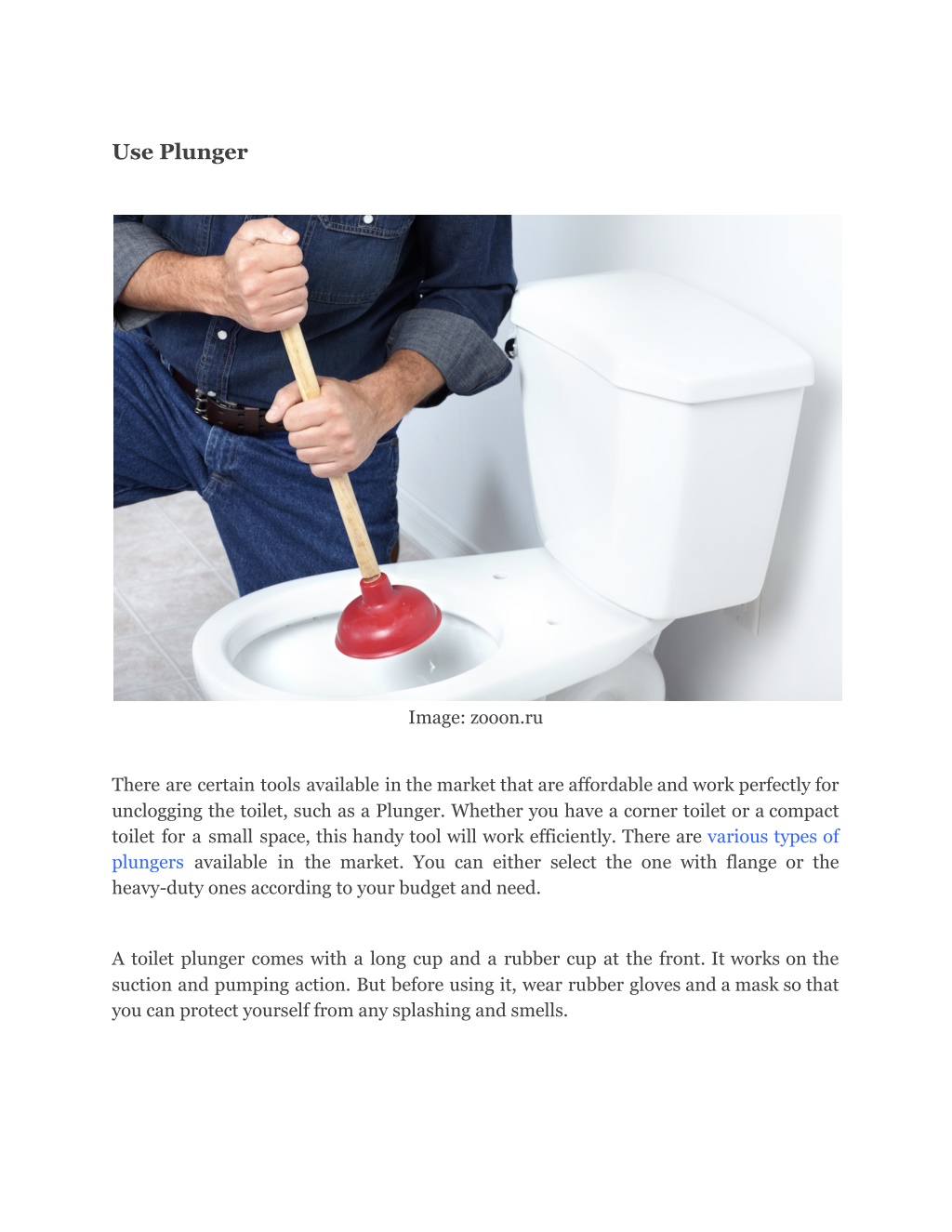

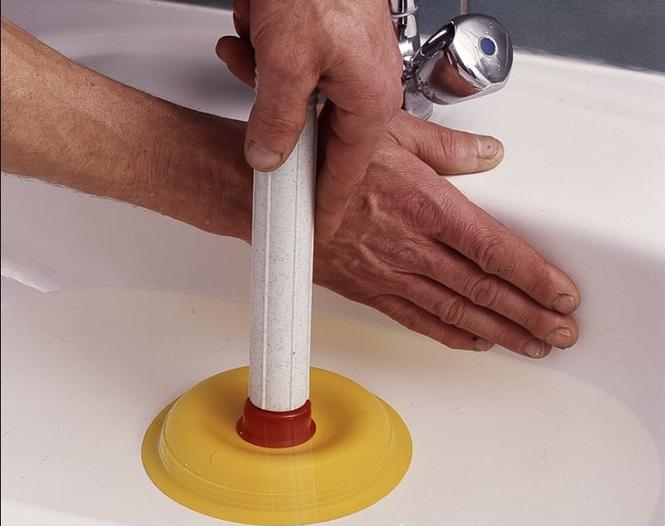

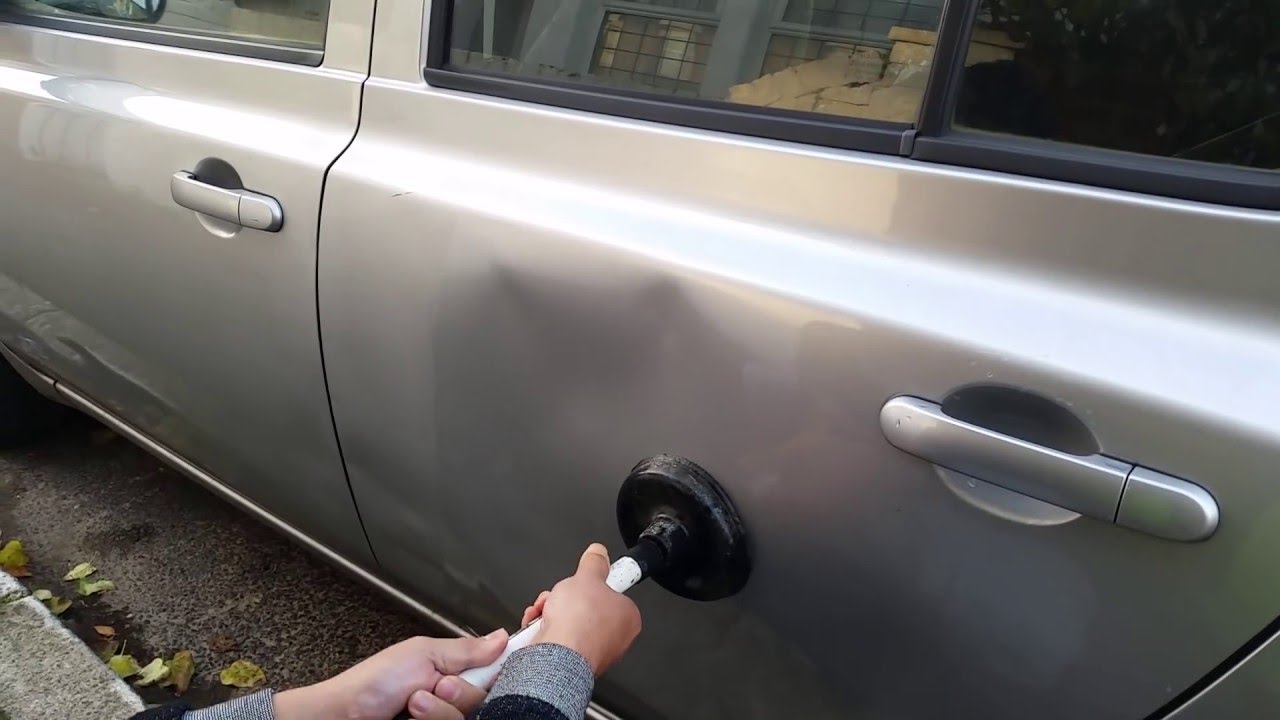
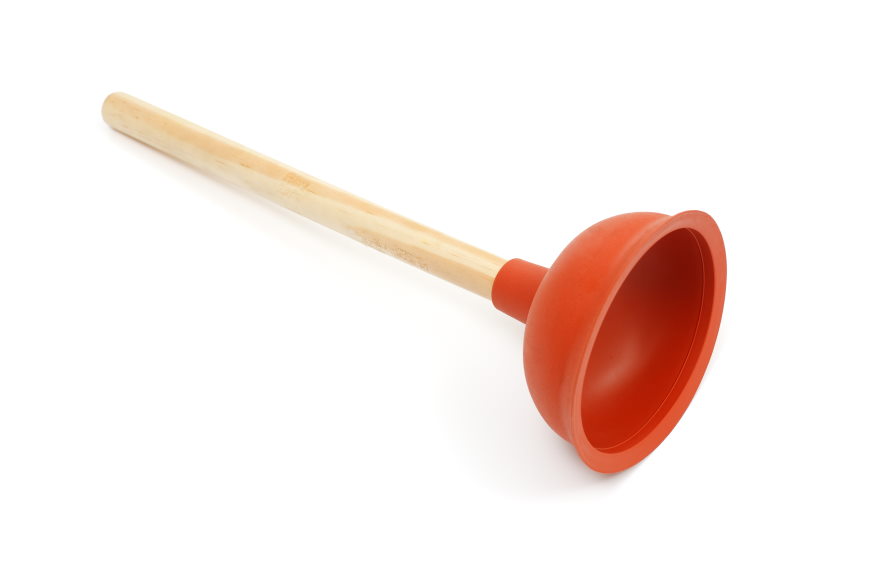

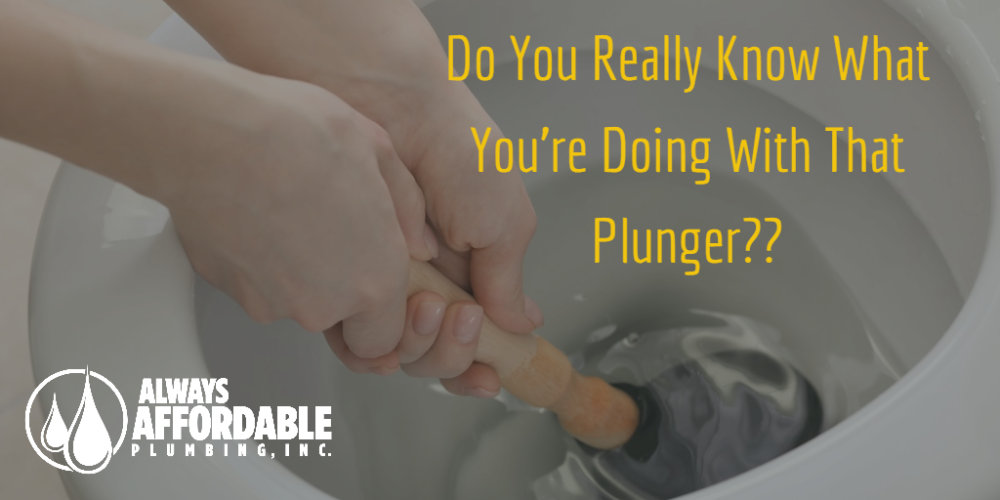










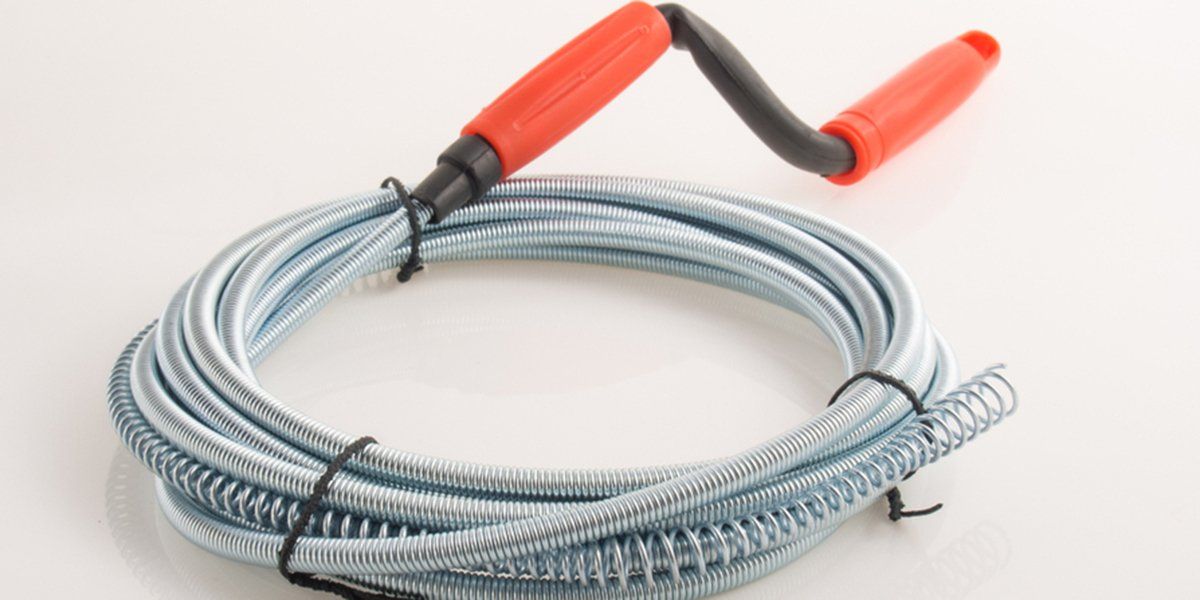






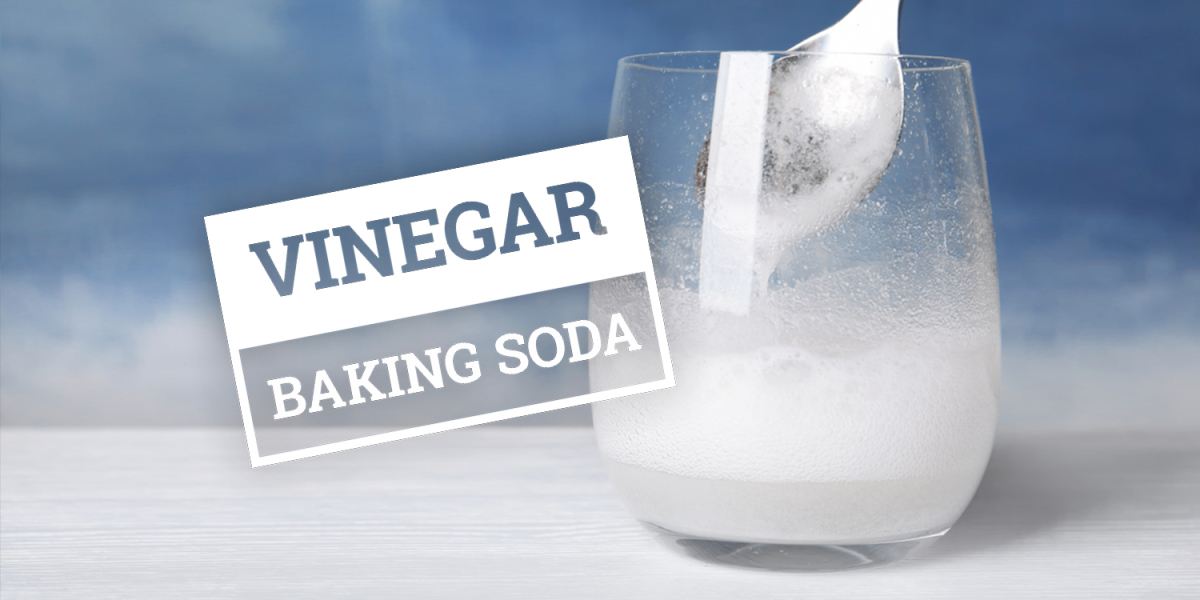

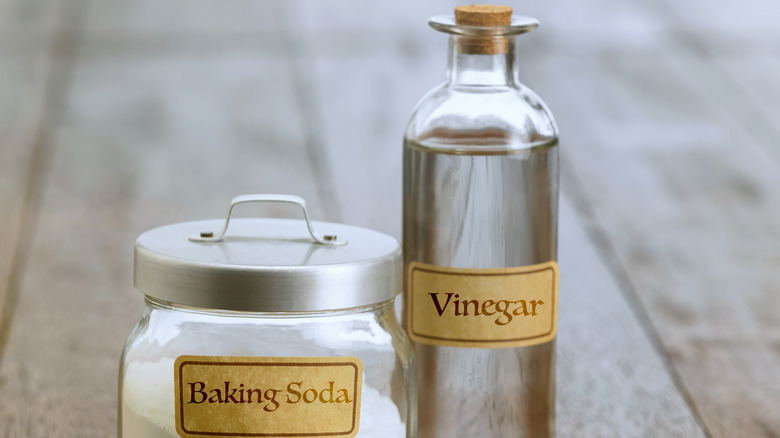



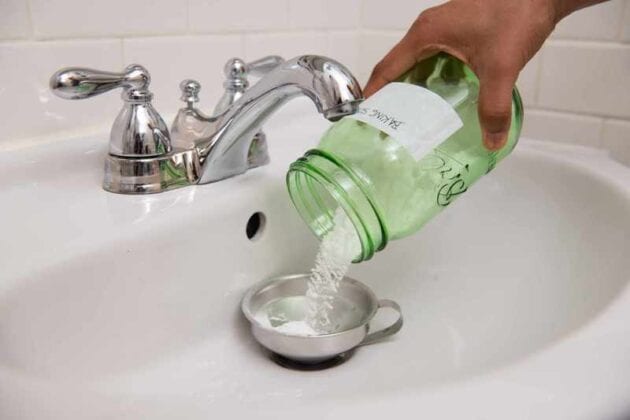

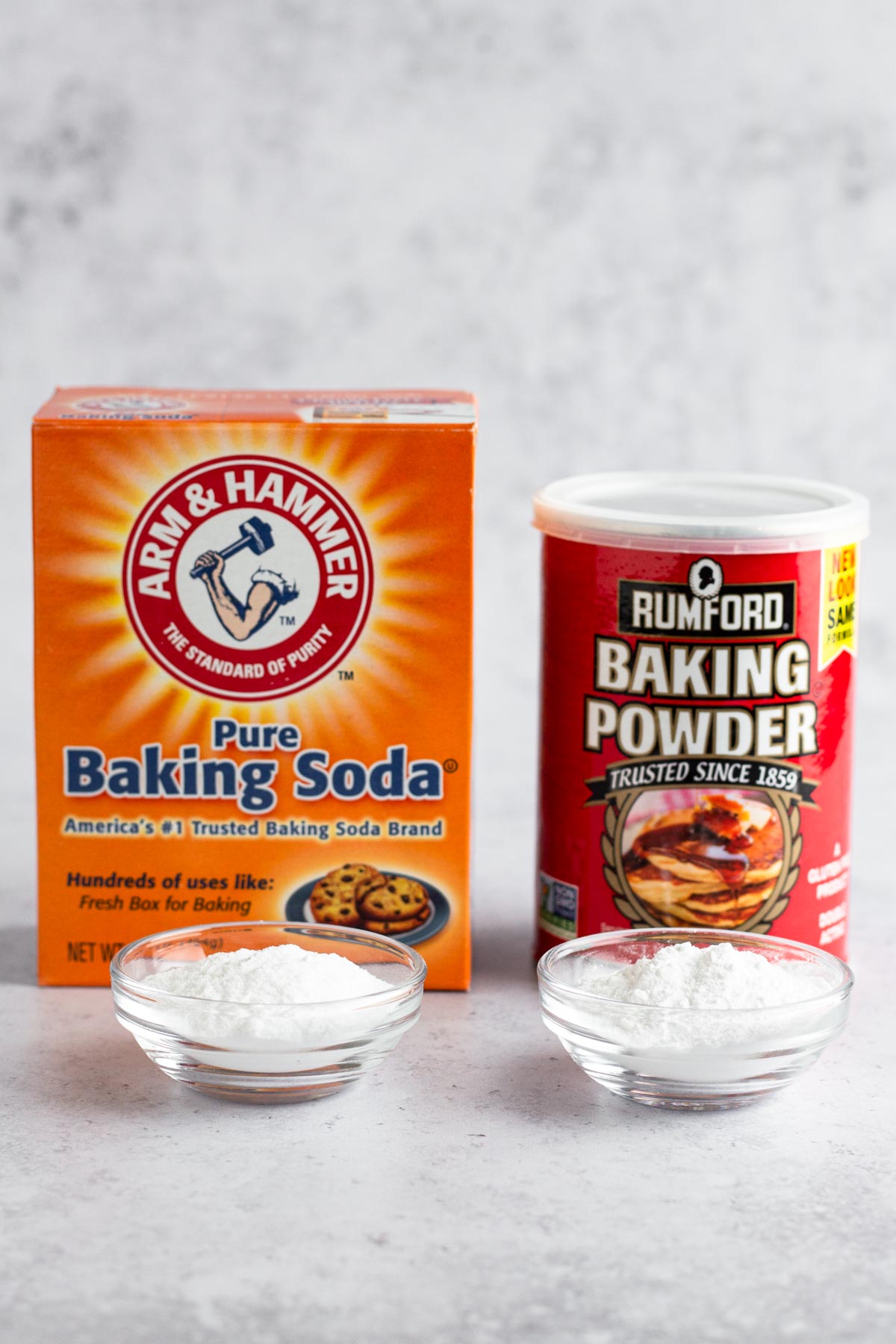

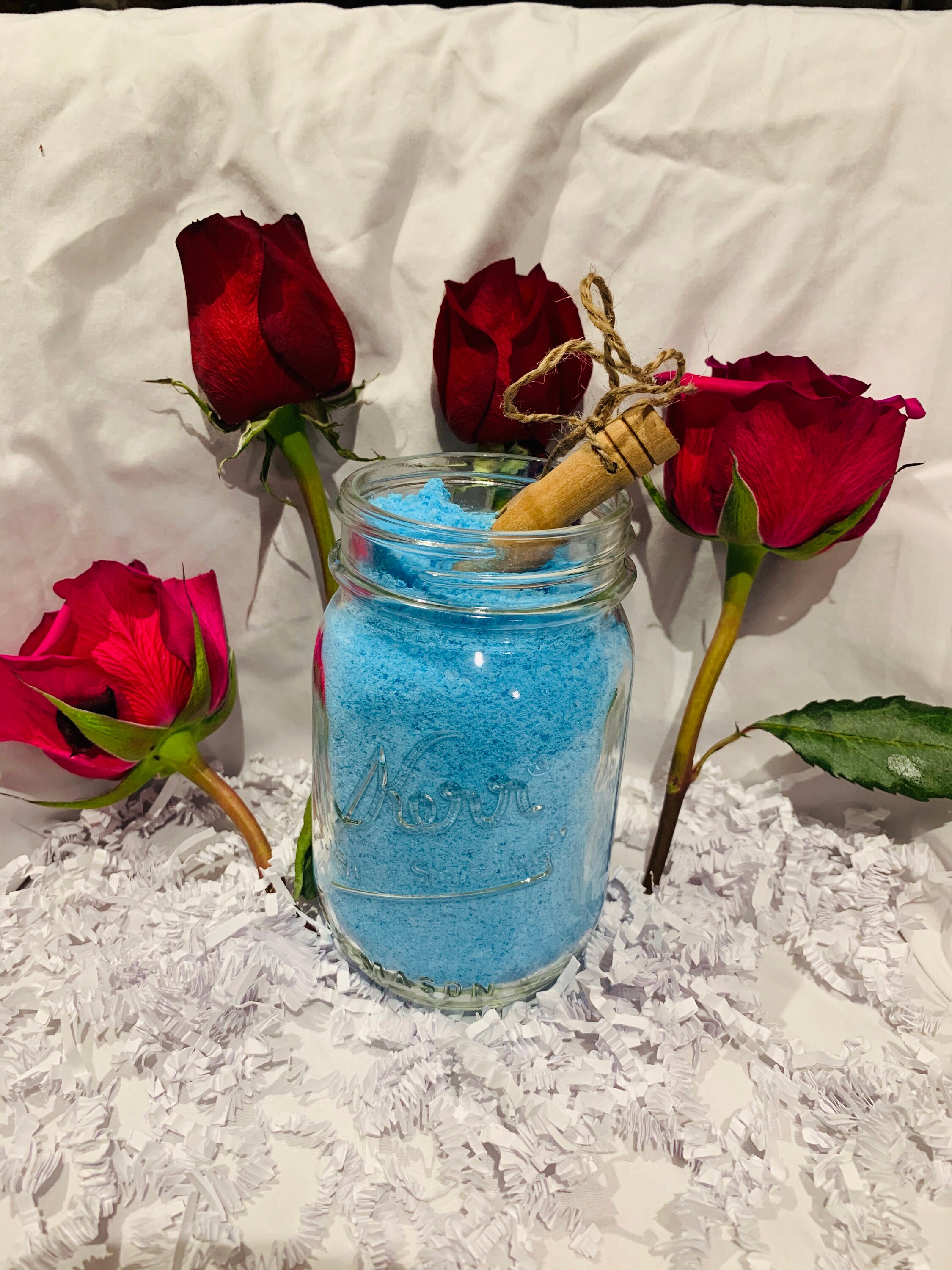
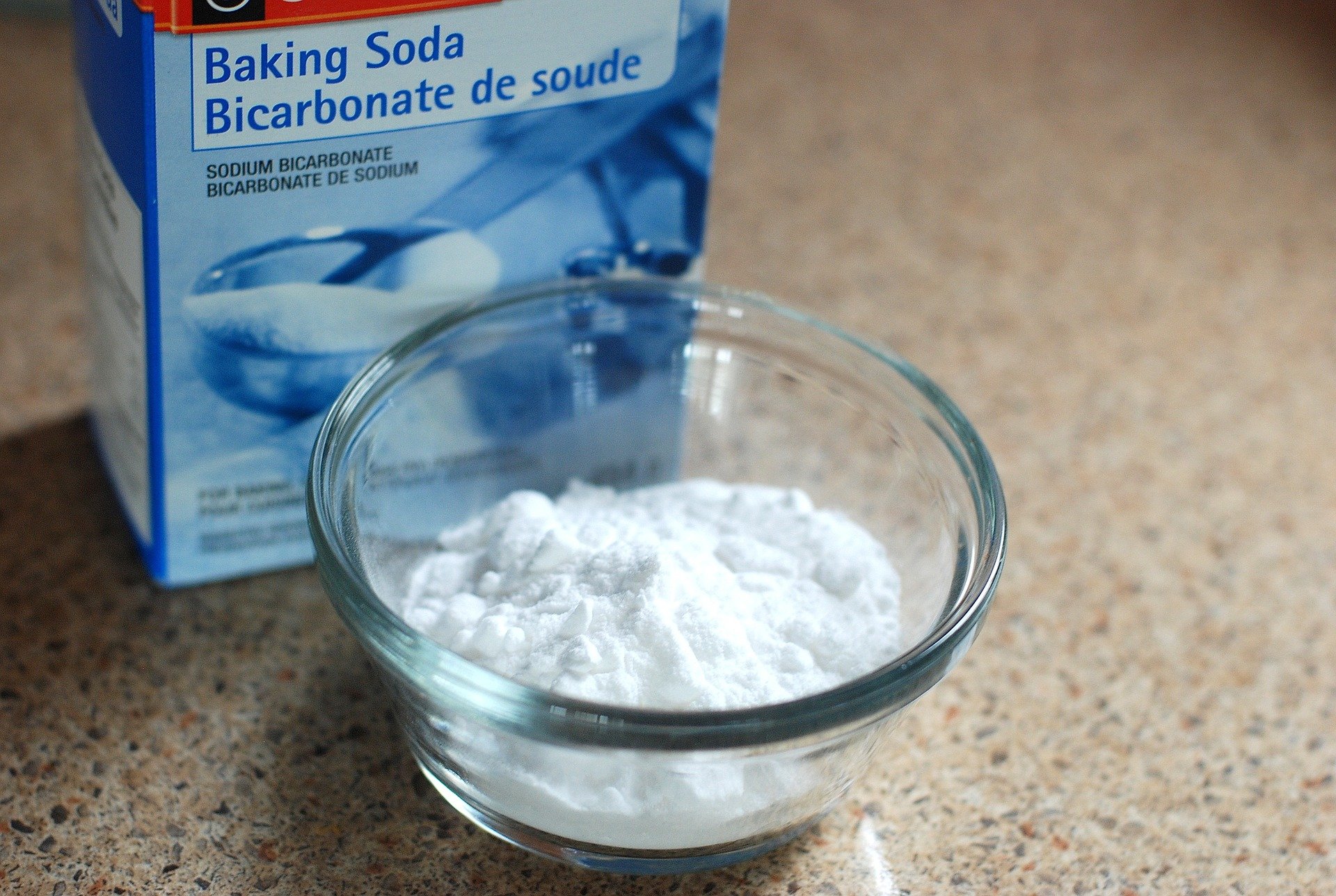


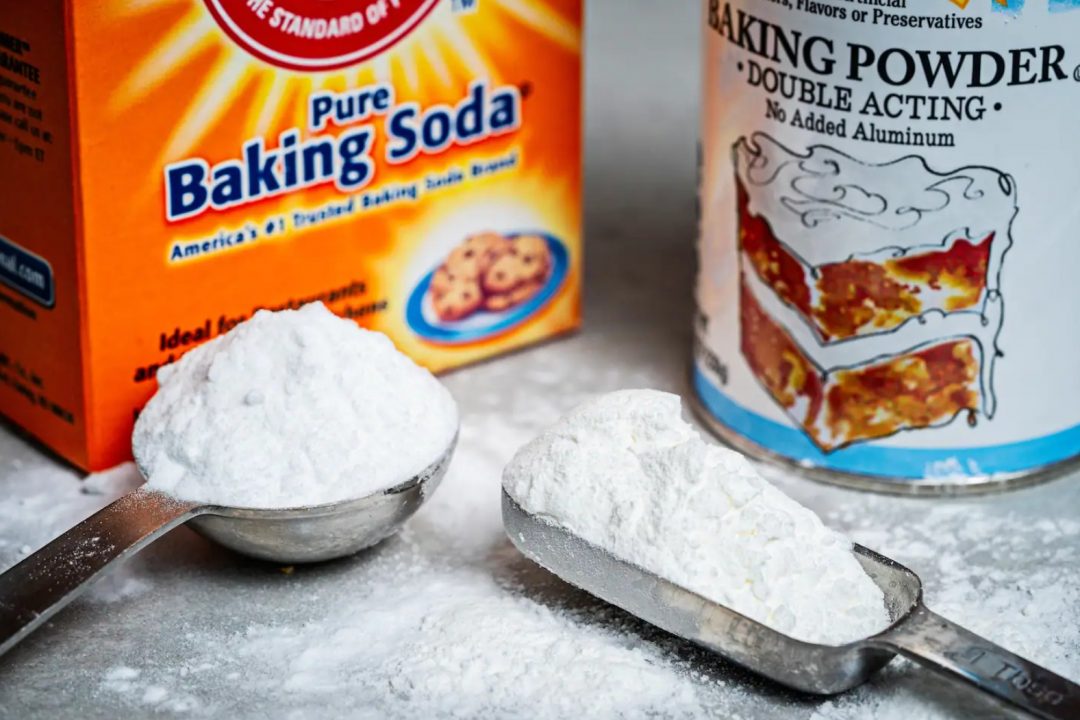


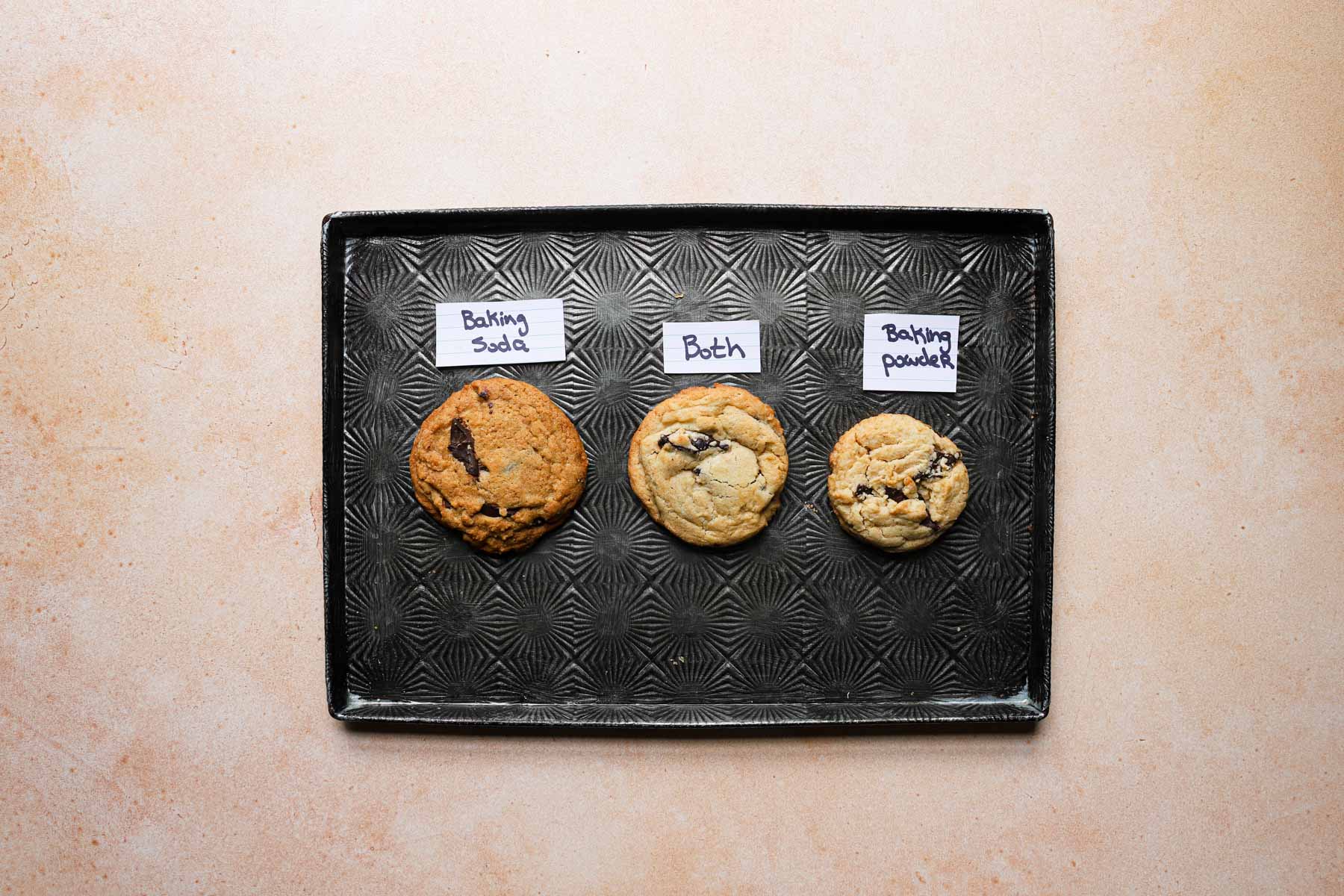
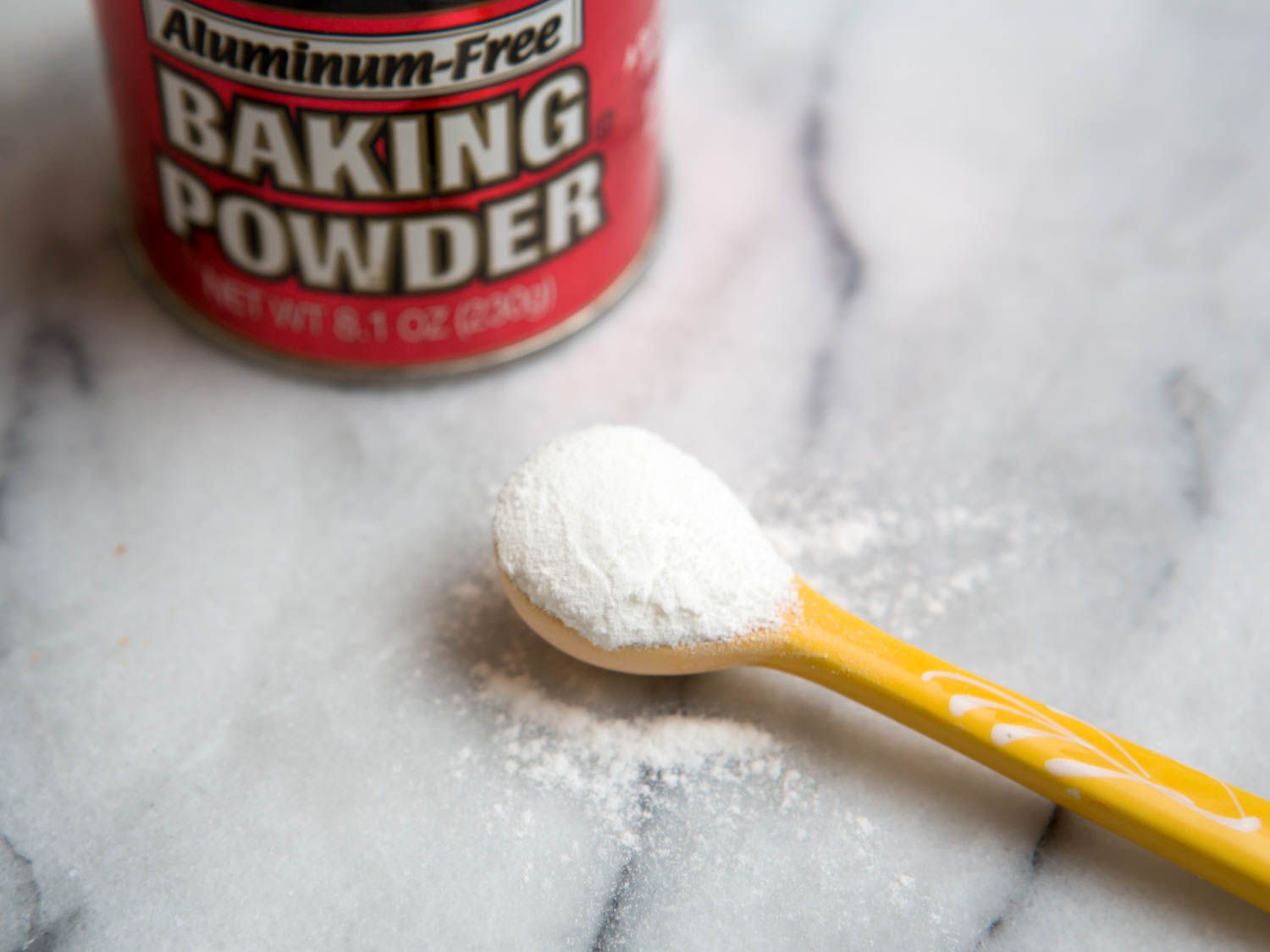
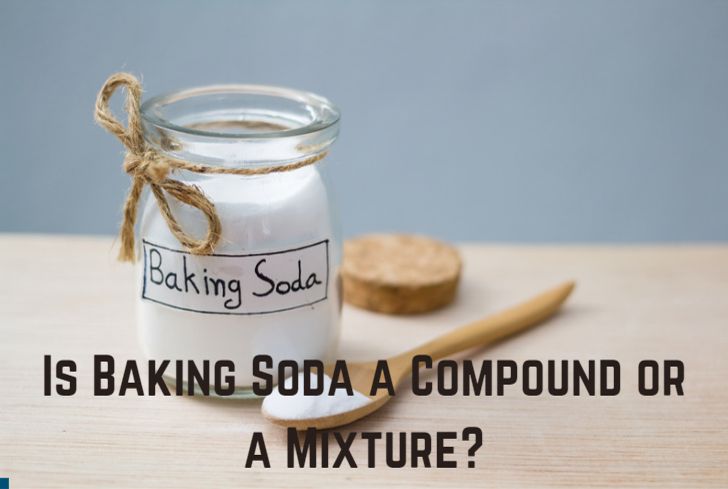




/GettyImages-80566571-5a1ca234aad52b00373338ff.jpg)


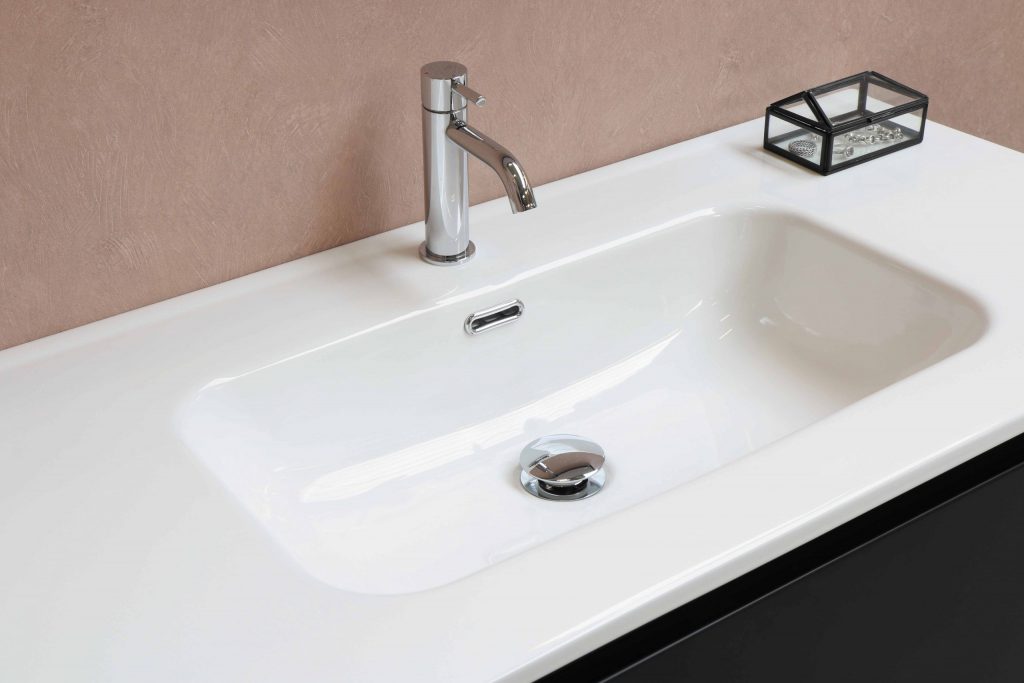

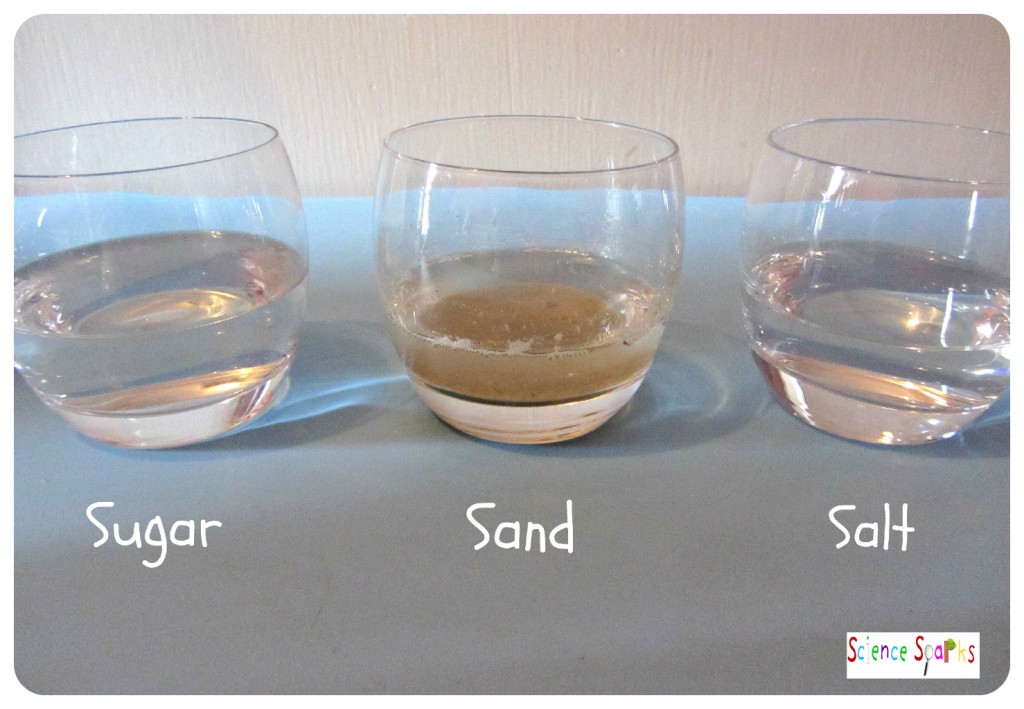
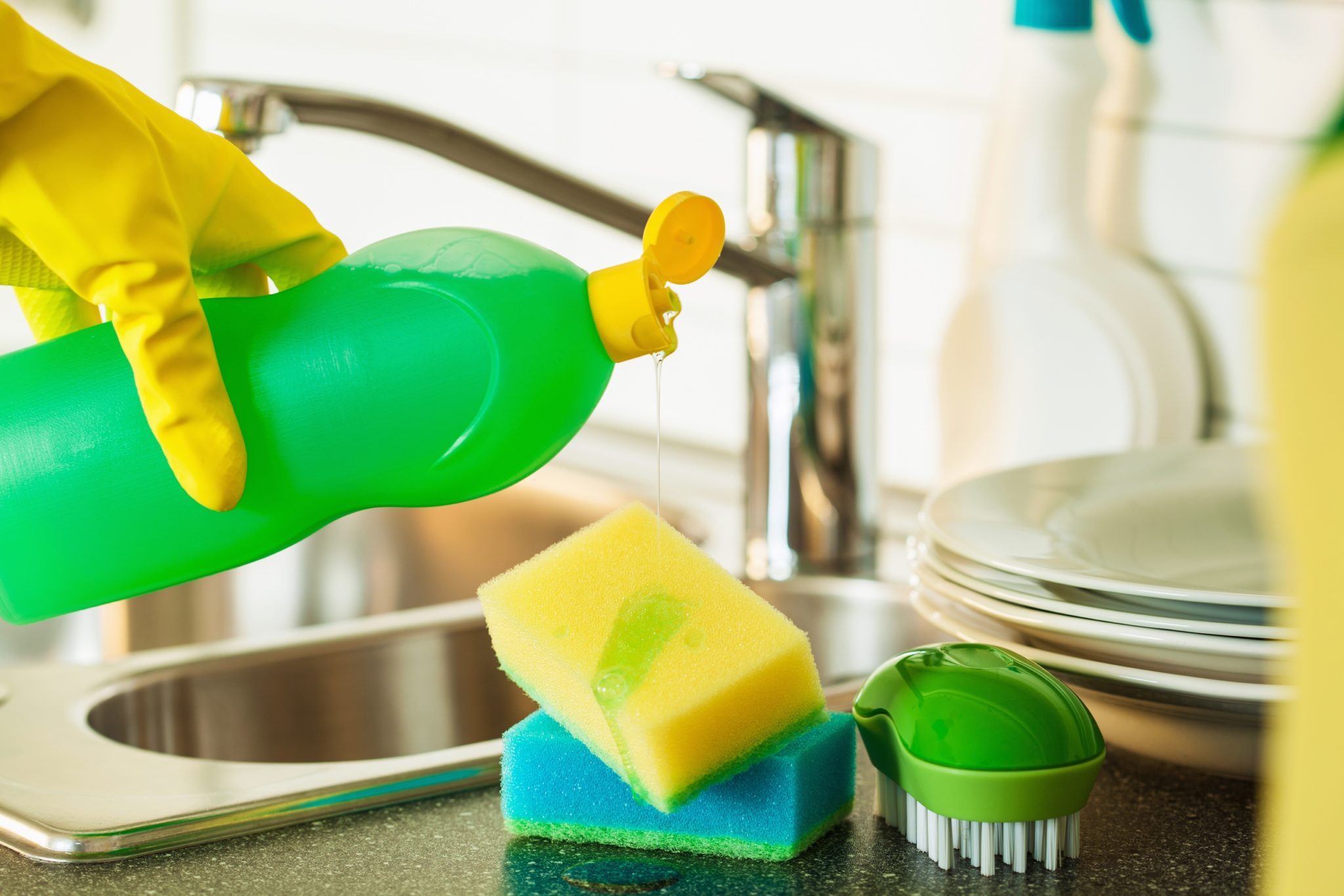
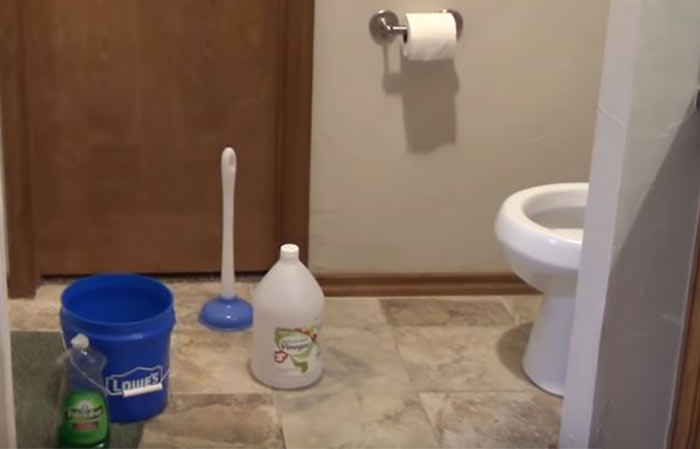
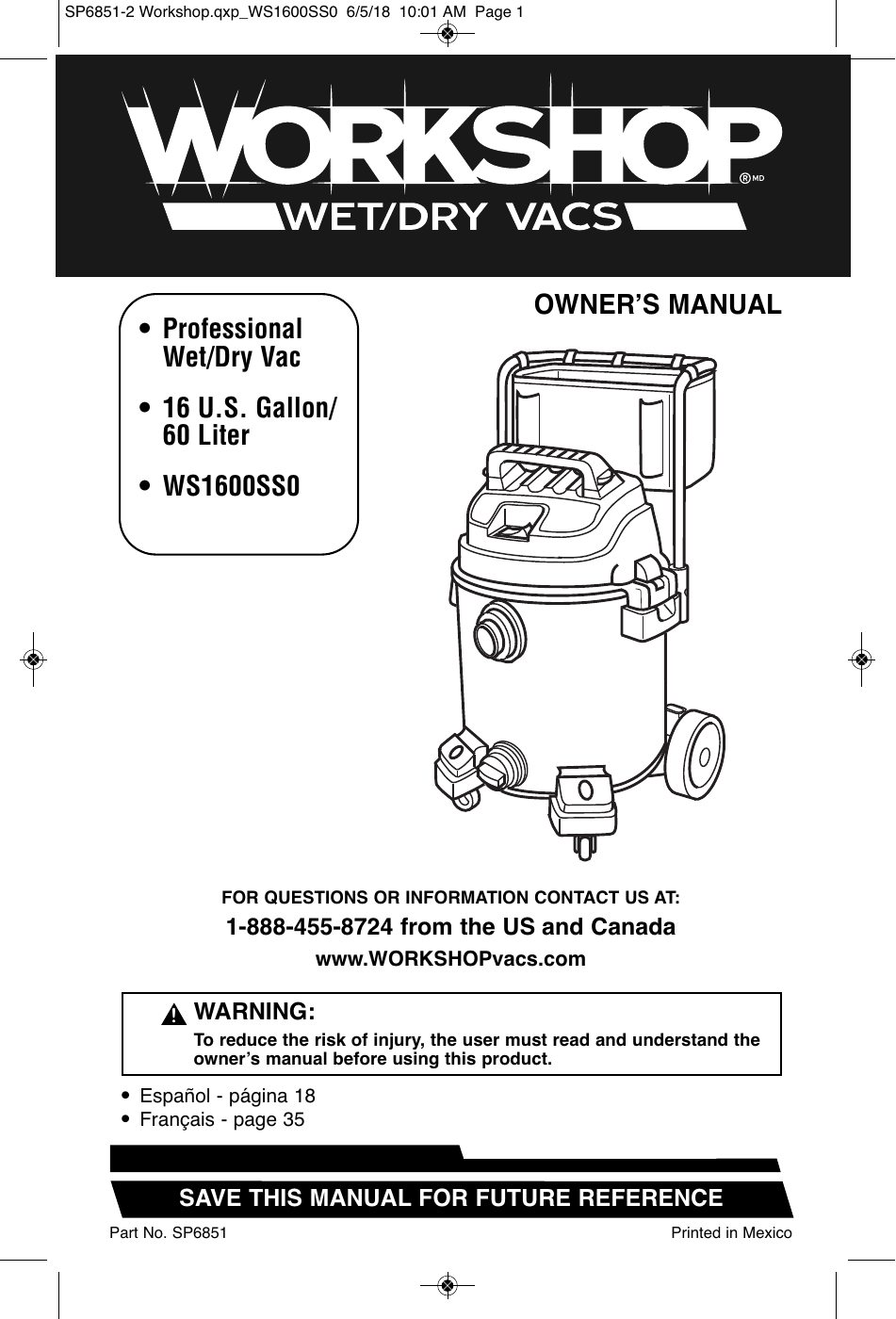


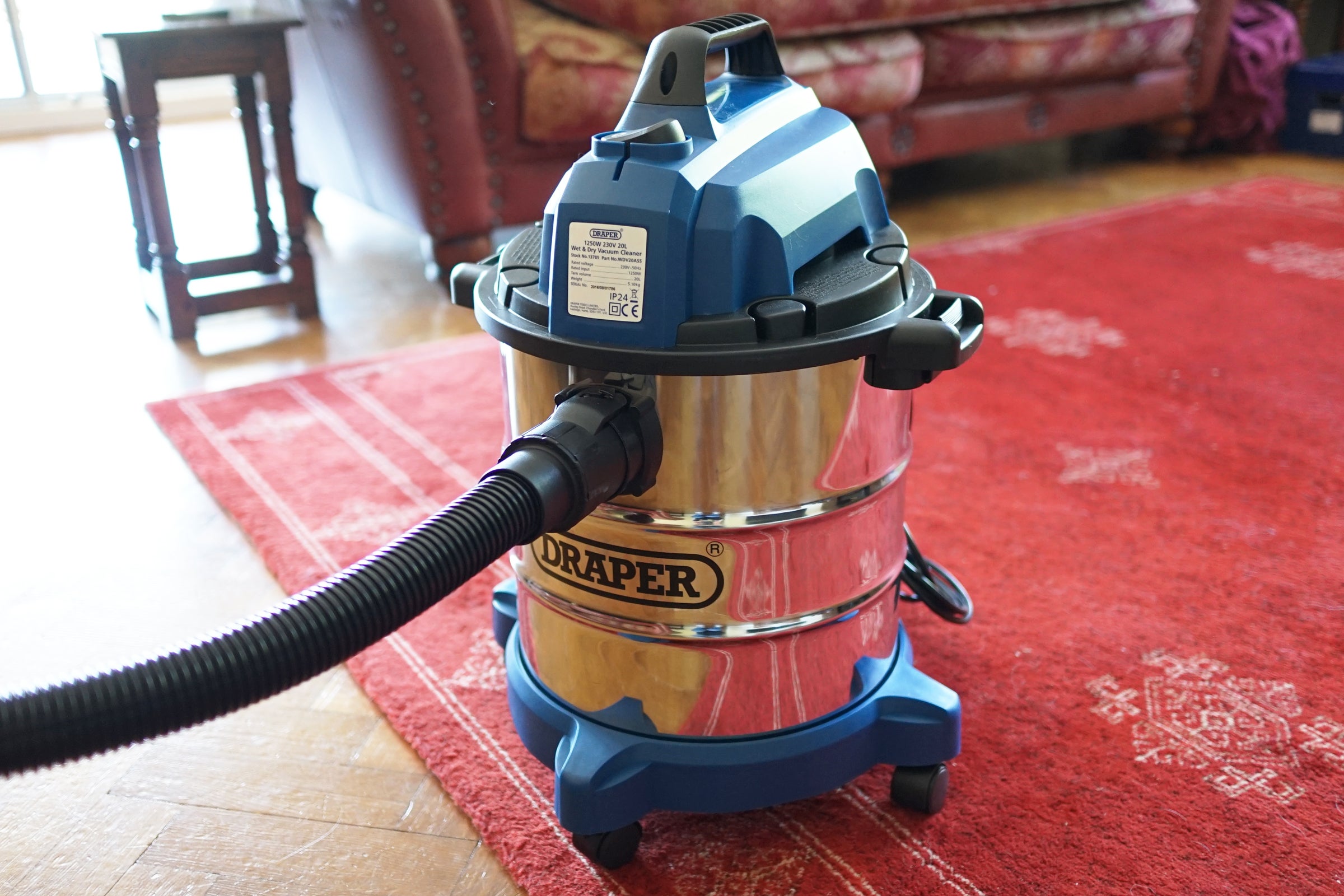
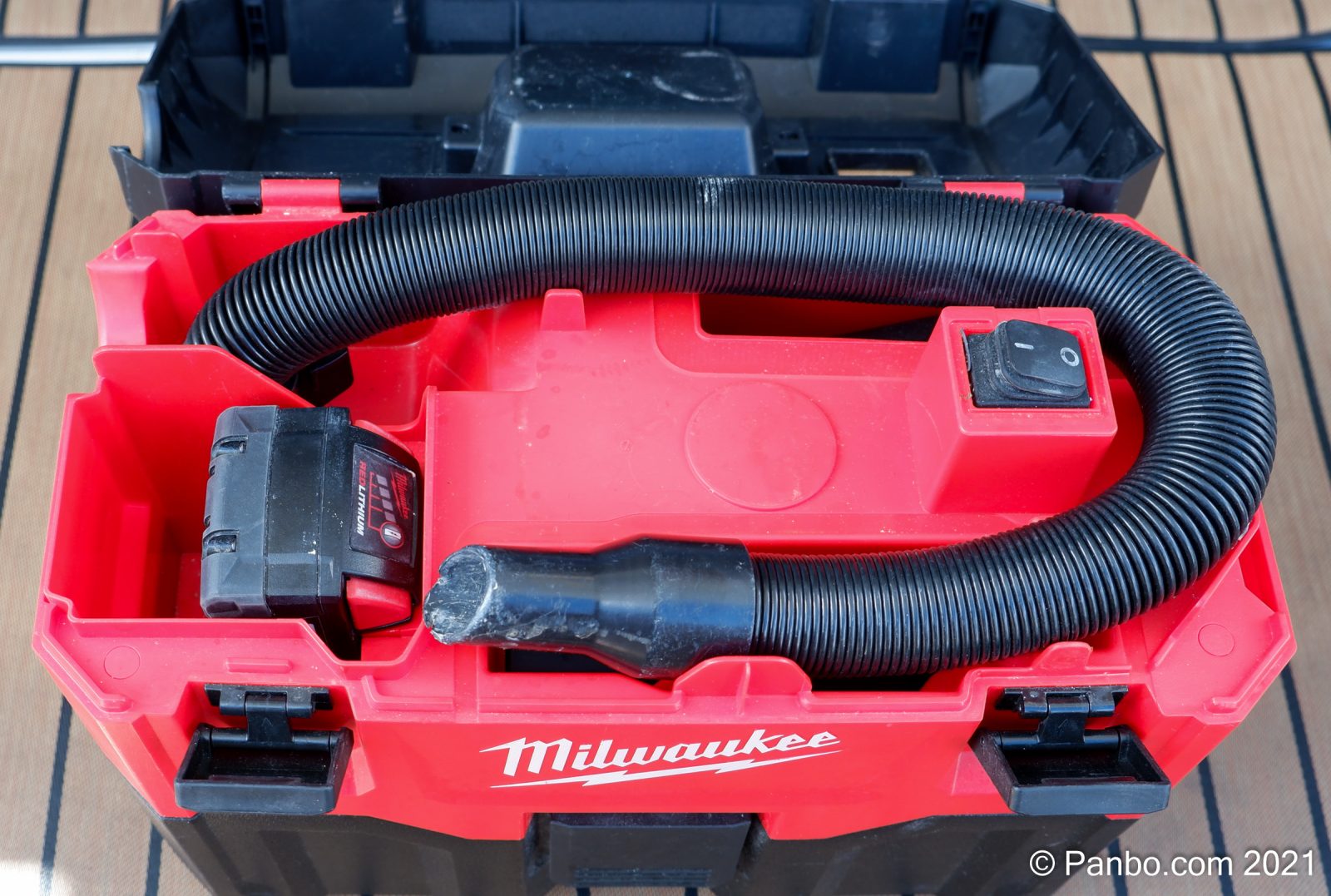








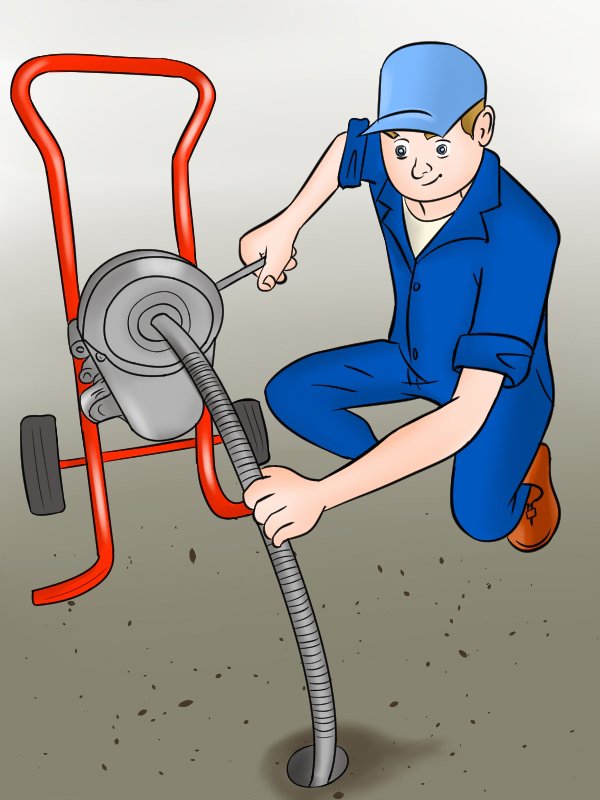
/how-to-use-a-sink-auger-1825090-hero-70d39960647643819dbb4c1f3a05e929.jpg)


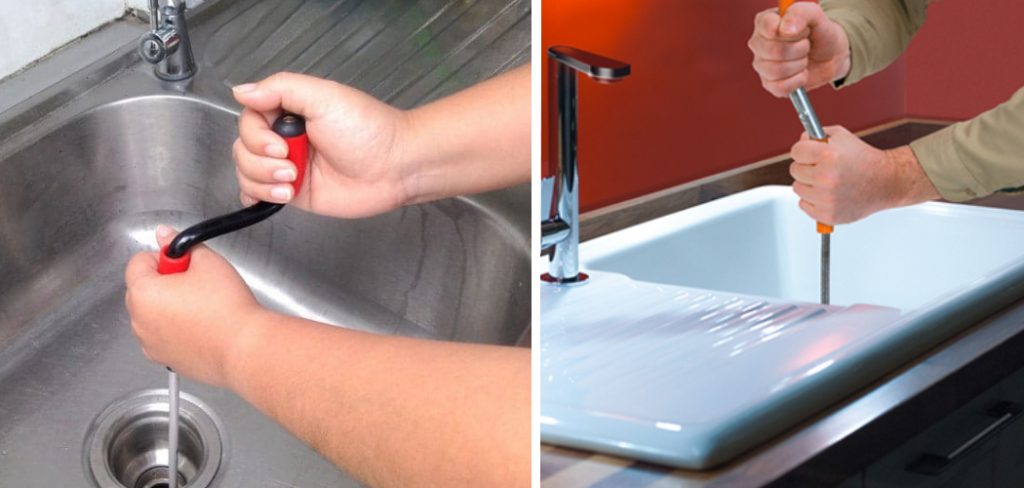
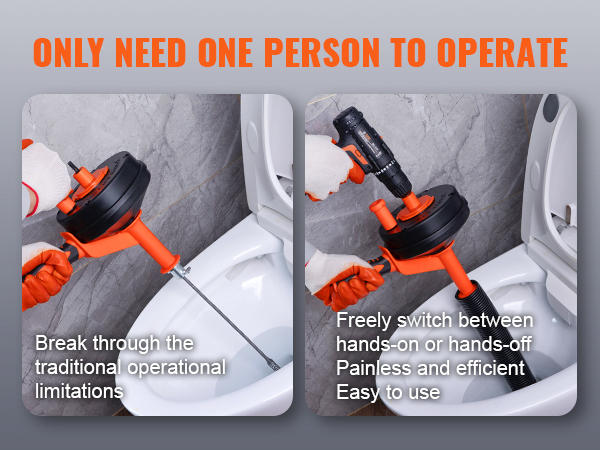


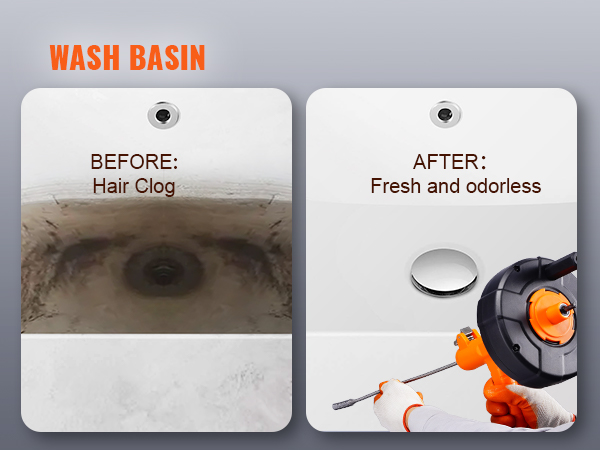
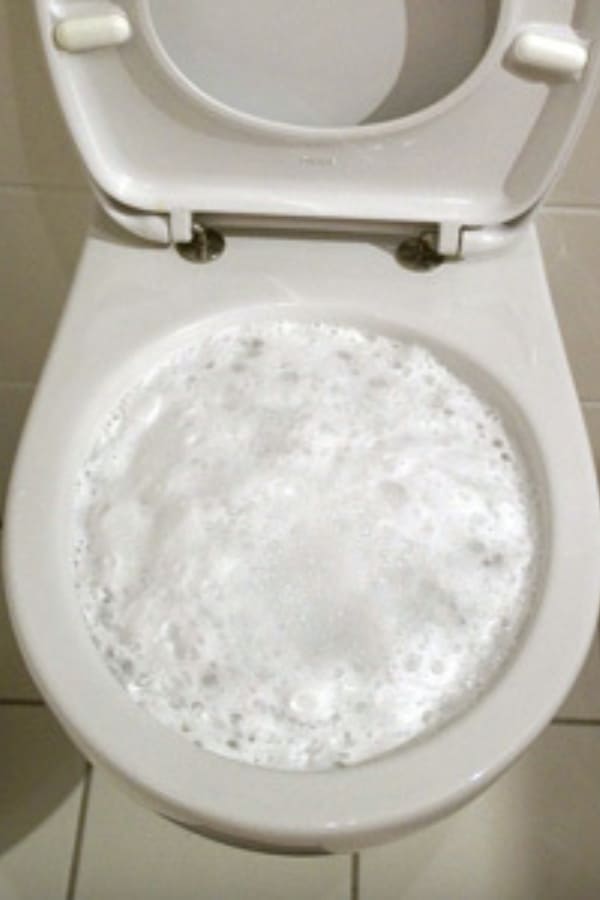






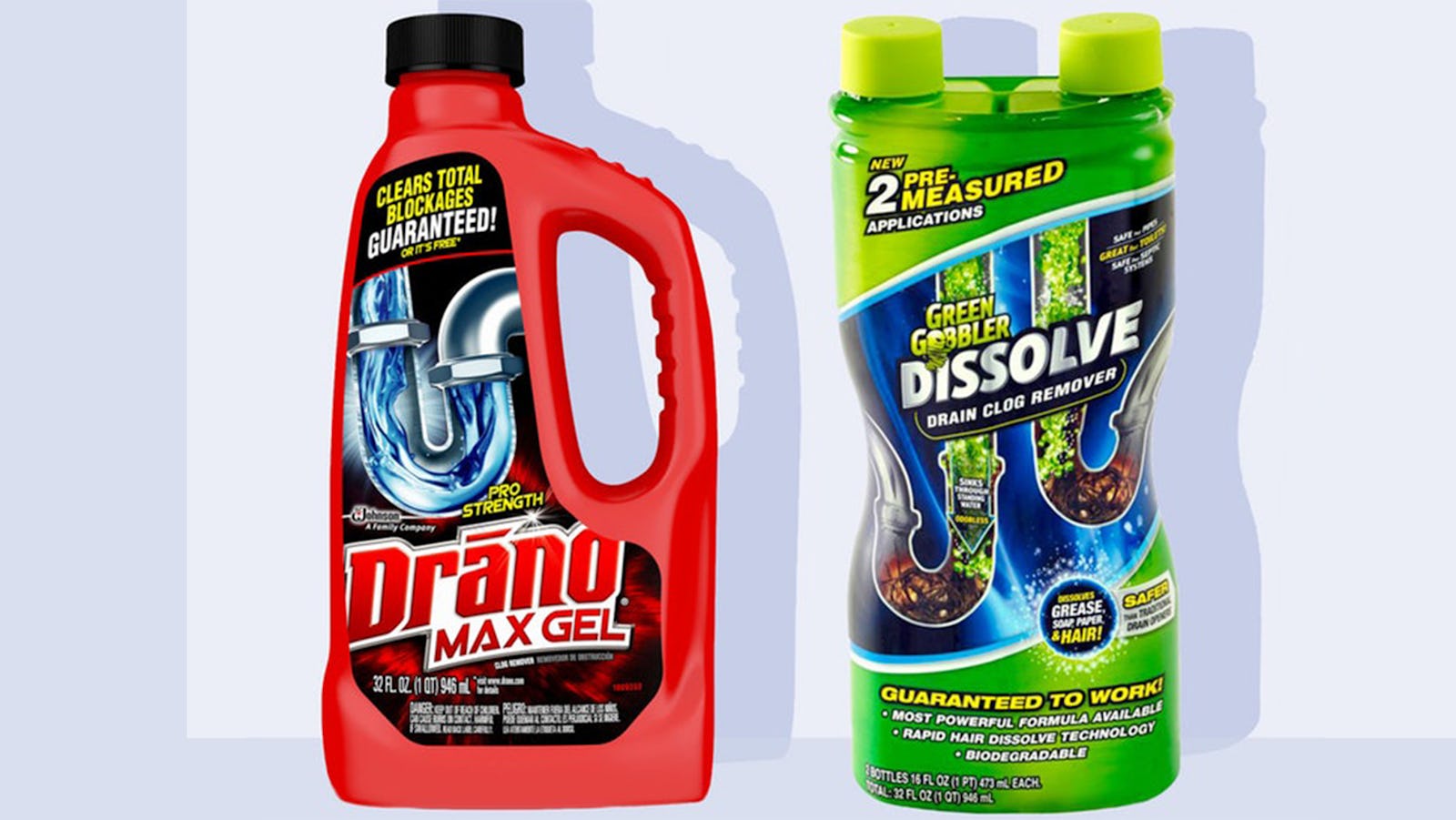
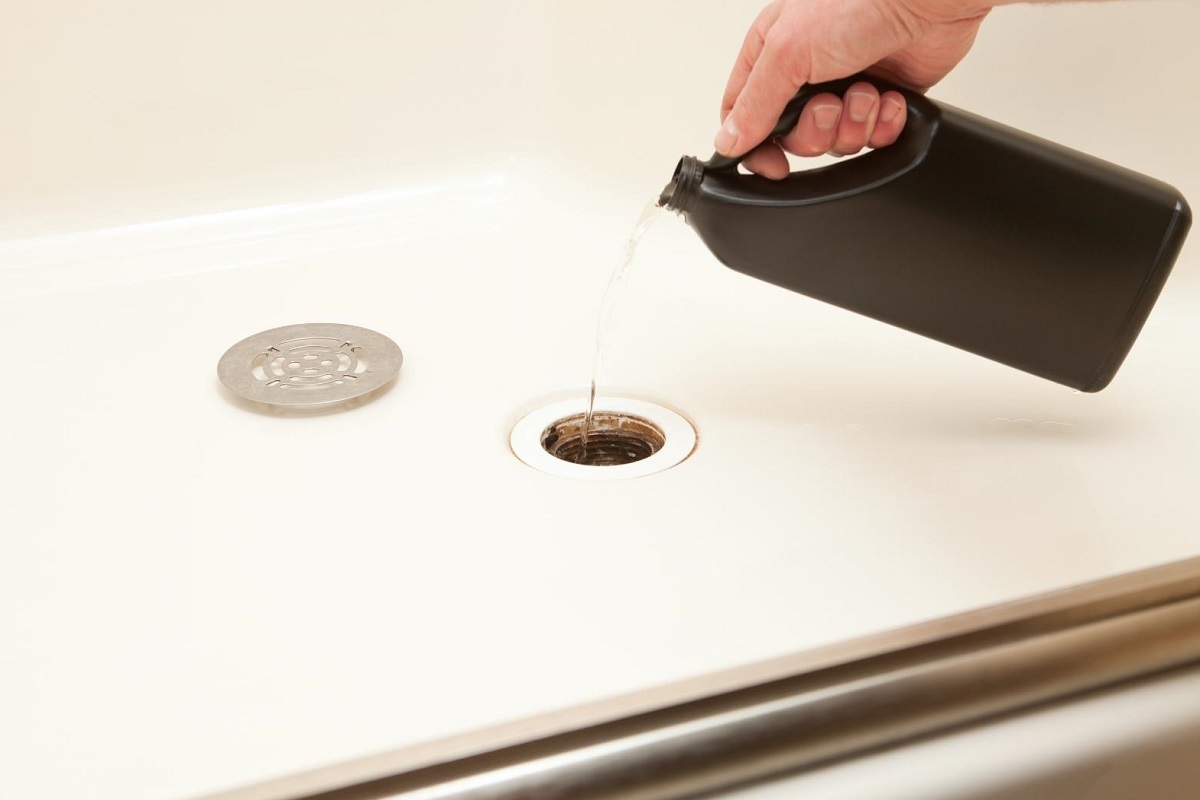
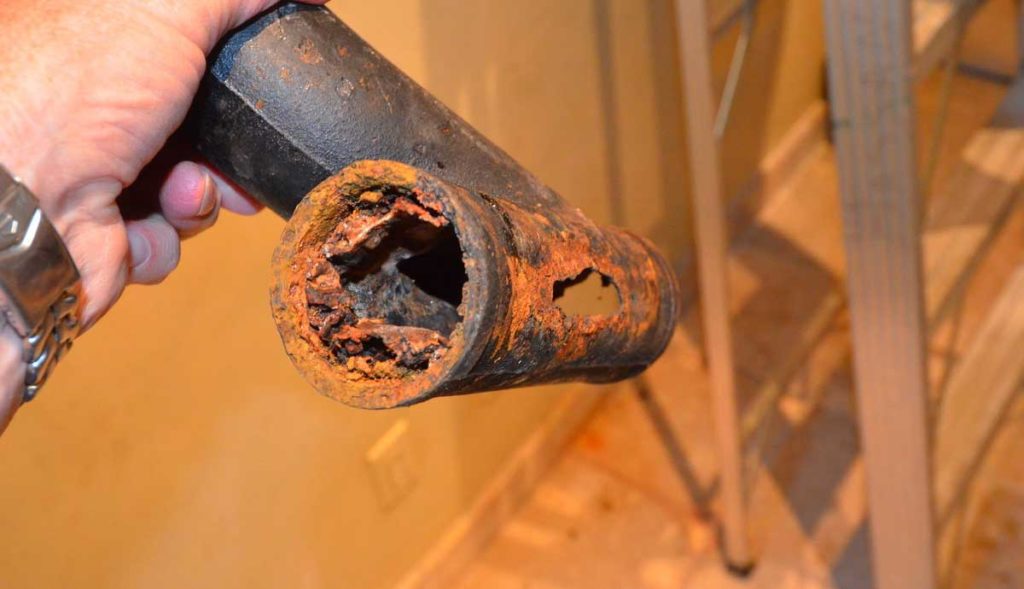


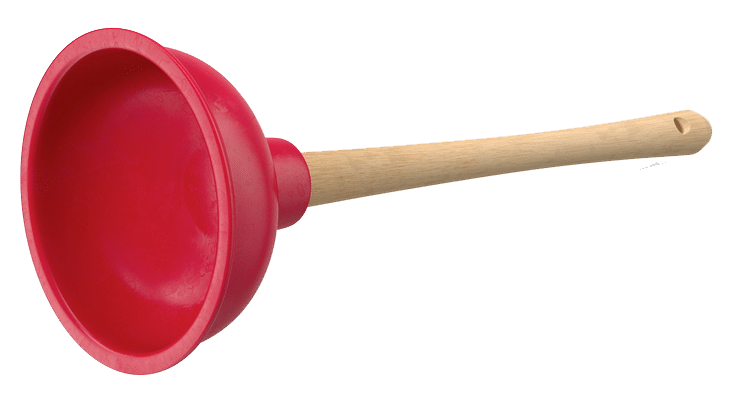
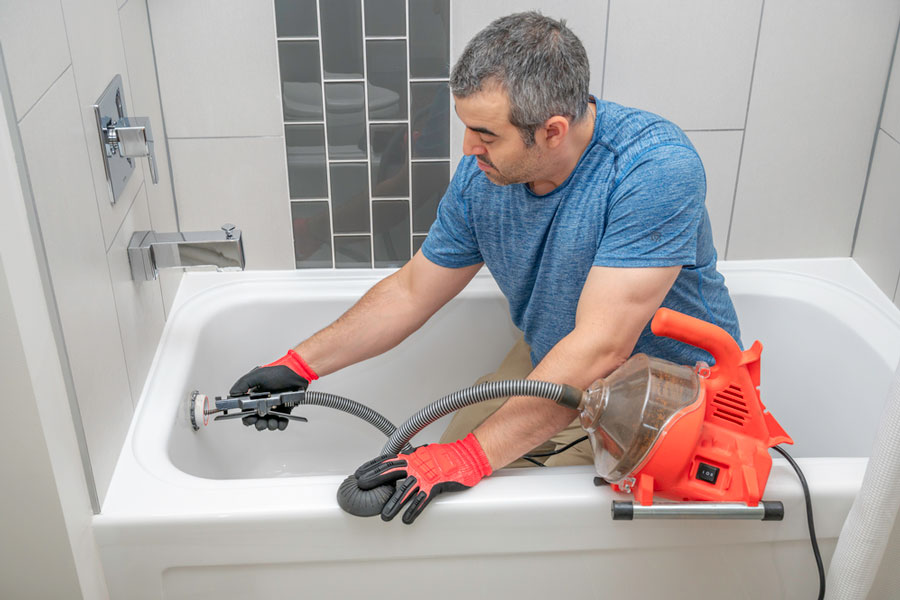



/GettyImages-173683465-58f822b83df78ca159d4543a.jpg)
